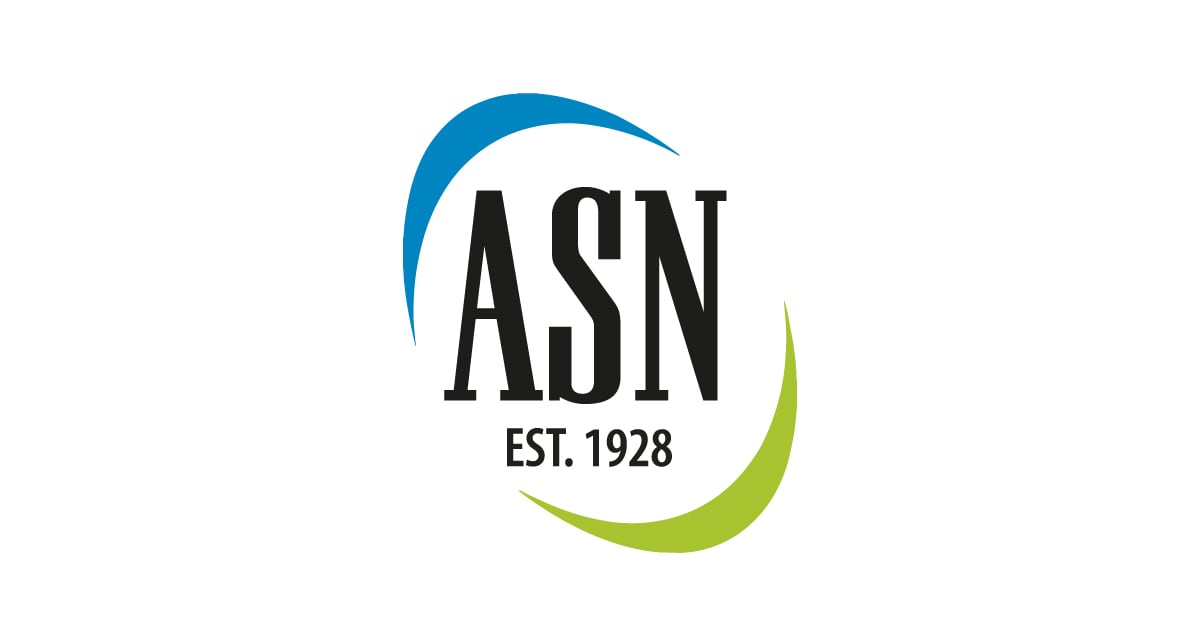“I believe that, increasingly, major new developments in nutrition research will be made through collaborative, interdisciplinary research. We need to find ways to make those collaborations and to make them work effectively.”
Dr. Coates received his Ph.D. in Human Genetics from Queen’s University in Ontario, Canada, followed by postdoctoral training at University College London. Most recently, he directed the Office of Dietary Supplements (ODS) at the National Institutes of Health (NIH), from 1999 until his retirement in 2018. Prior to ODS, he was Deputy Director of the Division of Nutrition Research Coordination (DNRC) at the National Institute of Diabetes and Digestive and Kidney Diseases (NIDDK), in addition to other roles at NIH. Prior to NIH, from 1975 to 1993, Dr. Coates was on the faculty of the Children’s Hospital of Philadelphia and the University of Pennsylvania School of Medicine as Research Professor in the Departments of Pediatrics and Biochemistry/Biophysics. In 2011, he received the prestigious Conrad A. Elvehjem Award from ASN for public service in nutrition and in 2013, he was elected as a Fellow of the American Society for Nutrition. He also served as Associate Editor for The American Journal of Clinical Nutrition (2008-2018) and as a member of the ASN Board of Directors in various capacities since 2013, including as ASN Treasurer (2015-2018). Dr. Coates has published more than 140 peer-reviewed original research papers and has edited four books.
How did you first get involved in nutritional biochemistry and research? What made you interested in the field of nutrition science?
My academic research on genetic variation in lipoprotein metabolism and mitochondrial fatty acid oxidation led me to explore the influence of nutrition on intermediary metabolism of lipids. I moved to the NIH in 1993, initially to direct the NIDDK extramural research program on Type 2 diabetes mellitus. This further focused my attention on the influence of nutrition on metabolic processes, although now it was for carbohydrates. I became Deputy Director of the NIH DNRC in 1996, and that pretty much nailed it for me. As Director of ODS at NIH, I was able to direct resources to micronutrient research and to help in translating that research into policy. I was especially taken by the opportunity to influence public health nutrition policy in the federal government. The impact of food and nutrition on risk for chronic disease cannot be overstated and I was honored and gratified to play a role in that public health environment.
When and why did you first join ASN? What convinced you to join the organization?
I joined the ASN in 1996, when I had my first “real” nutrition job in the DNRC at NIH. It was very important for me to make connections with other nutrition professionals, in order to effectively bridge government, academic, and industry-based nutrition research needs.
What aspects of ASN membership have you found most useful, professionally? What other aspects of your membership did you find useful as your career progressed?
Making connections and establishing collaborations would be highest on my list. Membership benefits like full-text access to ASN Journals have been, and continue to be, the primary means for my keeping current with the advancing science.
What aspects of your research do you see as most important for ASN members?
Sometimes you are surprised by what you learn doing research. One important arm of my laboratory was trying to understand the underlying metabolic defects in Reye Syndrome. It turned out that there was a small number of patients with Reye-like symptoms whose disease was due to an inborn error of mitochondrial fatty acid oxidation; this could be detected in cultured fibroblasts. It was through collaboration with some remarkably astute clinicians that we could put together my in vitro findings with their clinical observations to conclude exactly where the defect lay in these patients: medium-chain acyl-CoA dehydrogenase (MCAD) deficiency. Further investigation of similar patients led to our discovery of five distinct inborn errors in that pathway. This could not have happened without collaboration.
Can you tell us more about your Presidential Priorities for this year?
- Ensure future growth and sustainability of the ASN publishing portfolio through execution of the Publishing and Education Taskforce recommendations.
- Develop and execute ASN’s Diversity, Equity, and Inclusion programs and activities.
- Support an expanded mission for the ASN Foundation, partnering with its Board of Trustees to continue the impressive growth of the Foundation.
- Expand the ASN relationship with NIH and other Federal agencies that fund nutrition research.
- Finalize and disseminate the work of the Future of Nutrition Research Taskforce.
- Lead development of Phase 2 of ASN 2028.
What do you feel are the biggest challenges facing nutrition researchers today? Are there any areas where you would like to see more research?
I think there is an urgent need for increased funding for nutrition research. All aspects of the enterprise are in need, including basic, clinical, applied, and population research. I believe that, increasingly, major new developments in nutrition research will be made through collaborative, interdisciplinary research. We need to find ways to make those collaborations and to make them work effectively.
Is there anything else you’d like to tell ASN members, especially students and postdocs?
Be prepared for change, because it surely will happen. Be willing to adapt to change. My own career took several turns, and I was not sure exactly what was in store for me at each turn, but I was excited about the possibilities. As a bench scientist, I could not have imagined ending up in a position where I could support research, help translate that research into policy, build resources to enhance the research enterprise, and develop communication tools to reach a needy public. But that’s what happened.




